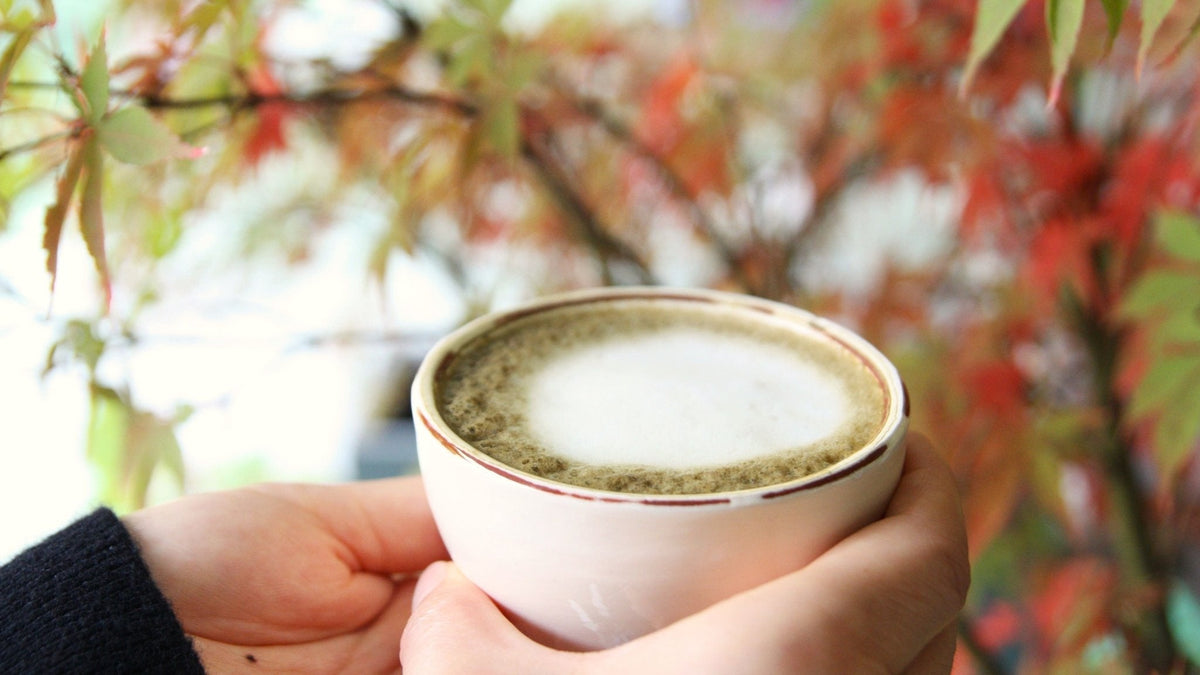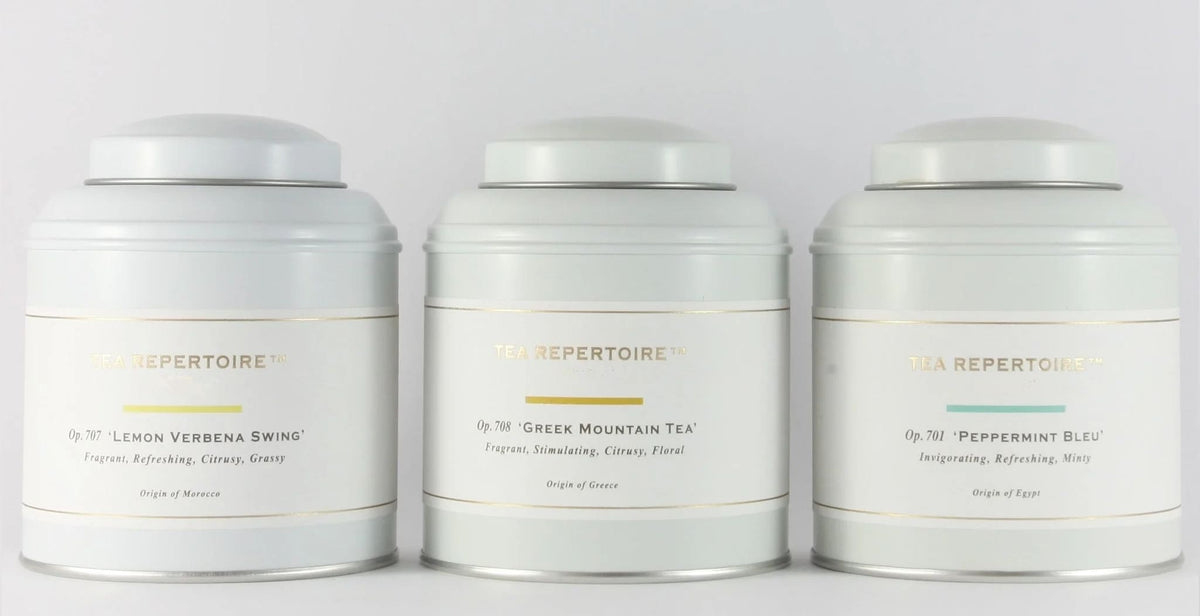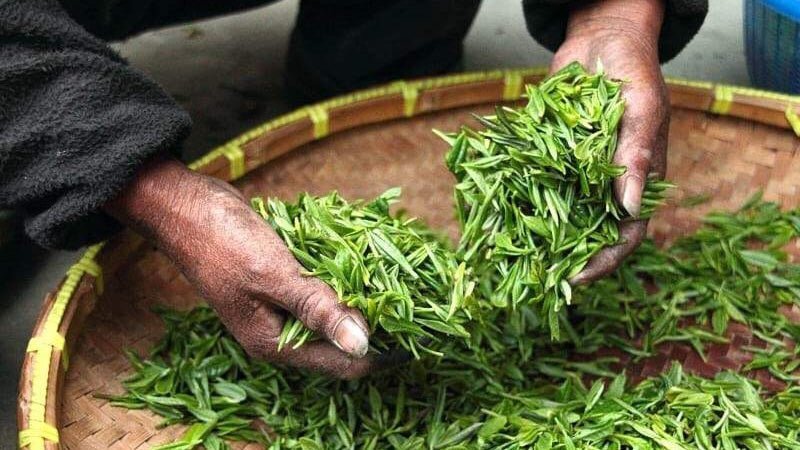Six Different Types of Tea
Did you know that all the six core varieties of tea come from one plant, Camellia Sinensis?
Different processing methods decide what type of tea plucked leaves will become, by altering the chemistry of the leaf. In particular, the level of oxidation is the key process in defining essential differences between different kinds of tea - that is to say, White, Green, Yellow, Oolong, Black and Puerh tea.
- White Tea is the least processed tea of all teas - once tea leaves are plucked, they are withered in the sun and dried. Especially, white teas made from downy buds such as Silver Needle contain a high level of antioxidants such as catechin and polyphenols that help boost your immune system.
- Green Tea is an unoxidised tea - once tea leaves are plucked, they are steamed or pan-fired to stop further oxidation. Green teas come in various shapes such as flat-needle like, curled or rolled into balls. Japanese green teas tend to offer umami and cooked vegetal (spinach) notes, whereas Chinese and Taiwanese green teas offer more toasty, floral or fruity flavours. Korean green teas such as Joongjak and Sejak illustrate the characteristics of both Japanese and Chinese green teas.
- Matcha is actually a type of green tea, but made into fine powder. Authentic Japanese Matcha is made from tea leaves which are shade-grown for 3-4 weeks. Matcha is extremely rich in antioxidants and L-theanine. Matcha production requires intensive labour. In order to make 40g of Matcha powder, the base tea leaves need to be ground for an hour.
- Oolong Tea is a semi-oxidised tea, with a varying degree of oxidation between 10 - 80%. Depending on the oxidation level, the aromas and flavours can vary from floral, tropical fruit notes to toasty, smoky, woody notes. Oolong teas come in various shapes such small pellets or rolled into spiral shapes. The most celebrated oolong teas are produced in Taiwan and China.
- Black Tea is a fully oxidised tea. English Breakfast and Earl Grey are two common types of black tea savoured in the U.K. Non-perfumed, natural black tea tends to offer a malty, full-bodied liquor with rich flavours varying from fruity, chocolaty, woody and spicy notes. Most of black teas are grown in China, India, Sri Lanka and Kenya. South Korea and Taiwan also have a limited production of high quality, artisan, black teas.
- Puerh Tea: Originating from Yunnan Province, China, the birthplace of tea, Puerh tea goes through a post-fermentation process, from which it develops its unique earthy and leathery flavours. Aged puerh tea develops more complex flavours and are highly sought-after by tea connoisseurs. In China, Puerh tea is believed to aid digestion and weight loss and often accompanied during a greasy meal.
- Yellow Tea is only produced in Hunan and Sichuan Province in China. Undergoing a unique "Men Hwang" process, which allows a slight oxidation on the tea leaves, yellow tea illustrates a flavour profile similar to green tea, but with more pronounced fruity and floral notes.
Leave a comment
Comments will be approved before showing up.
Also in TEA JOURNAL

The ultimate guide to matcha
Looking to master matcha? Learn how to choose the best matcha powder, prepare traditional Koicha and Usucha, understand flavor notes, and unlock powerful health benefits in this all-in-one guide.

How to Make the Perfect Hojicha Latte – A Barista’s Guide from Tea Repertoire
Discover how to craft the perfect Hojicha Latte — a smooth, nutty Japanese roasted tea drink that’s as comforting as it is refined. In this barista-approved recipe, Tea Repertoire shares the secrets behind achieving the ideal balance between roasted depth and creamy sweetness using organic Hojicha powder sourced directly from Shizuoka, Japan.

A Guide to Gifting Tea
A Guide to Gifting Tea: The Perfect Tea for Every Taste
Looking for the ideal tea gift? Whether it’s smooth Taiwanese oolongs, fragrant Jasmine Phoenix Pearls, or caffeine-free herbal teas, Tea Repertoire offers thoughtful recommendations to delight any tea lover. From rare Yunnan Purple Buds to crowd-pleasing Black Forest, discover premium teas for every palate. Learn more.

